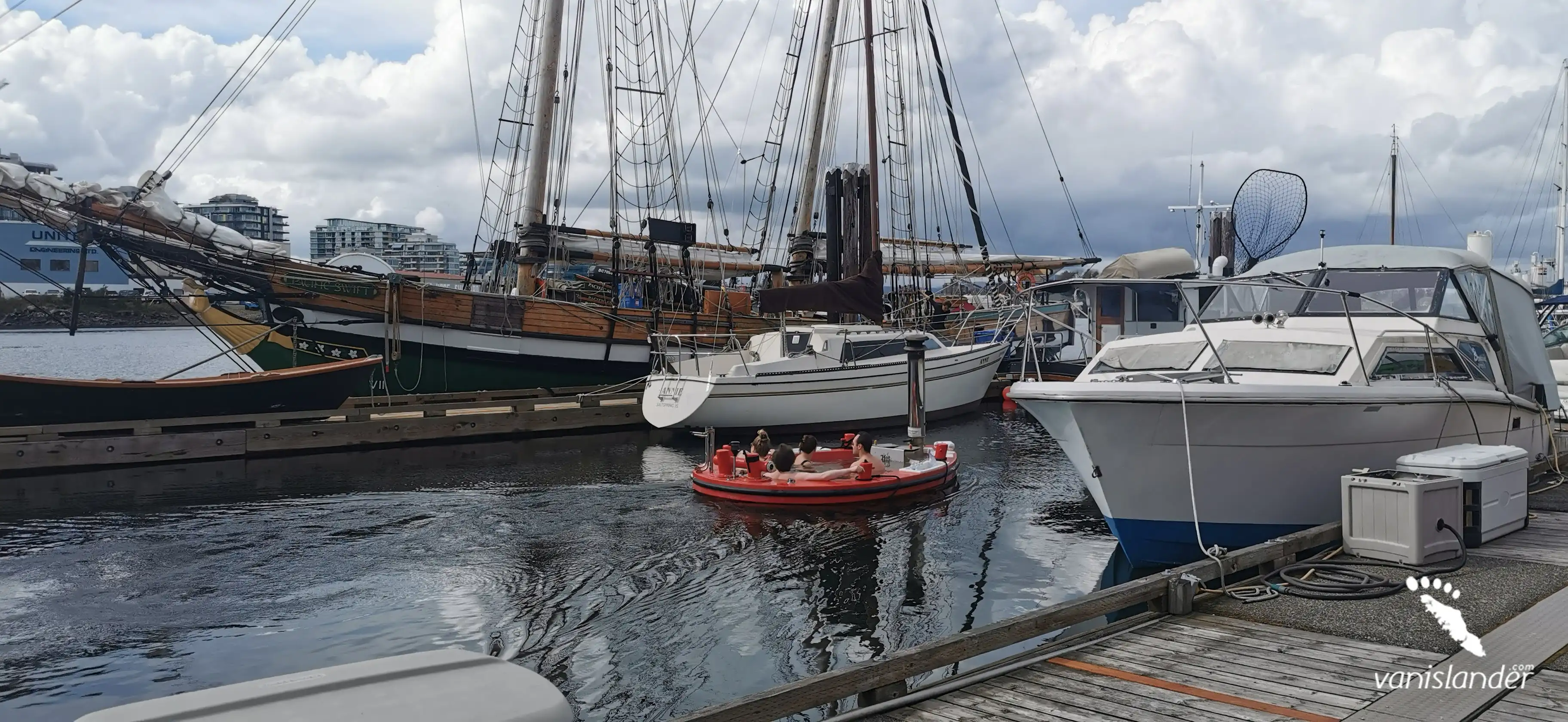Overview
The Gowlland Range is a small and low mountain range on southern Vancouver Island, south of Brentwood Bay and east of Saanich Inlet. The Gowlland Island, adjacent to the city of Victoria, has a 58 sq km (22.3 sq miles) area, and it is a subrange of Vancouver Island Ranges.
Portions of the Gowlland Tod Provincial Park along the Finlayson Arm embed parts of the Gowlland Range. The highest mountain of the Gowlland Range is Mount Work, 449 m (1473 ft.) in height. Another mountain within the Gowlland Range is Mount Finlayson, with 419 m (1374 ft.) height.
The Gowlland Range towers 430 m (1410 ft.) over Finlayson Arm and has spectacular views and varieties of animals such as blacktail deer, cougar, river otter, raccoons, black bear and birds as hawks, eagle, grouse, and owl.
Mountaineers would experience fantastic climbing and hiking trails passing through a beautiful forest ornamented with plentiful, stunning wildlife.
Ascending the Gowlland Range, the awe-inspiring views of the mountains surrounding the area, packed trees below your feet overlooking the Saanich Inlet are fascinating, garnished with colourful birds and wildlife creatures.
The Gowlland Range Trails offer fantastic hiking, winding around grassy meadows and rocky knolls through gorgeous Douglas fir trees and an old-growth forest. Rare species elsewhere flourish in this area, where a lot of wildlife and birds are living. The abundance of marine creatures attracts visitors worldwide and offers scuba diving and other marine activities such as boating seeking calm waters, and a peaceful environment.
